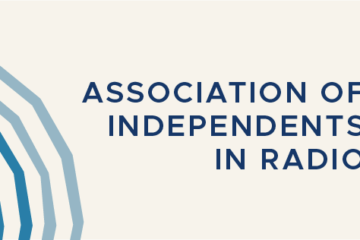NPR hopes podcast bundle can gain traction after slow start
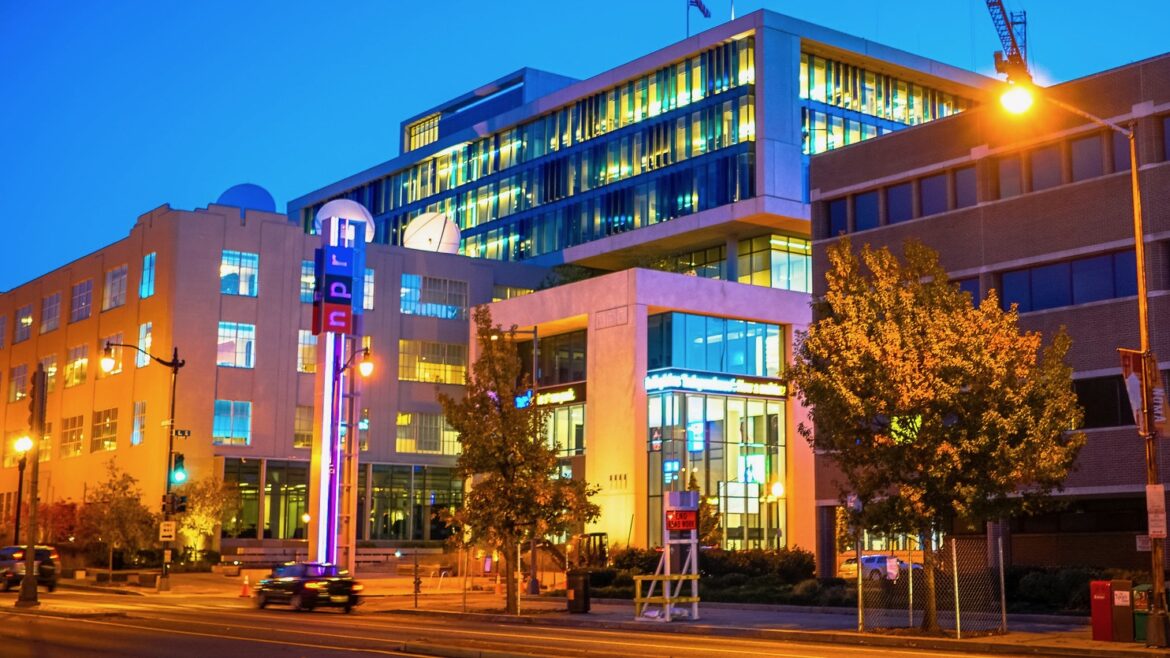
Ted Eytan / via Creative Commons
The NPR+ podcast bundle has been off to a slow start since its rollout in 2022, but network and station leaders say they are hopeful success is not too far off.
The bundle gives station donors ad-free listening and exclusive content for a group of NPR podcasts. It is among the strategic initiatives of the NPR Network to help grow station revenue and membership.
The bundle has brought in new revenue, but less than some participating stations expected. WKAR in East Lansing, Mich., has seen a “steady trickle of donors,” said Kevin Cooney, director of annual giving. But Cooney said he doesn’t foresee it being a “game changer or anything like that for us.” WKAR was among the first cohort of stations to offer the NPR+ bundle in 2022.
Leda Marritz, NPR’s director of subscriptions growth, believes that the initiative has plenty of room for growth, in part because in July NPR made it available to anyone and not just residents of areas with participating member stations. About half of NPR’s members currently offer the bundle in their markets.
Initially, if a listener was interested in the NPR+ bundle but their local station was not participating, they were only offered the option to pay to subscribe to individual podcasts ad-free at plus.npr.org. Now listeners can access the bundle in non-participating markets by donating to the NPR Network. In markets where stations are participating, listeners still can receive the bundle only by donating to the local station.
Since that change, NPR has seen “very positive early results,” Marritz said. In July, NPR saw a 166% increase in gifts to NPR+ participating stations.
NPR developed the bundle with the goal of creating a “steady stream” of digital donors to stations, Marritz said, as well as reaching people “who either didn’t know their local station or maybe knew them a little but perhaps were more familiar with NPR. … In that respect, we are really seeing the response that we hoped for.”
Forthcoming features
Two years in, NPR has seen that people who donate to access the bundle are largely sticking around. The monthly churn rate for users is less than 1%, said Marritz, who wants to keep that rate low by offering added value to the program. NPR is looking to scale up the content offerings available to bundle subscribers, she said.
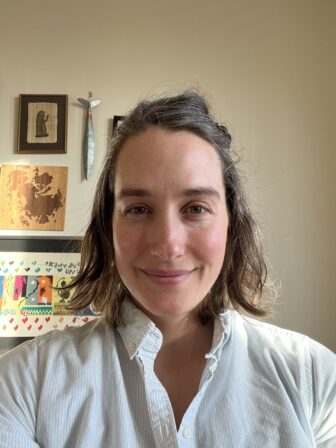
“We’ve got to keep earning these donations,” Marritz said. “We don’t see this as a set-it-and-forget-it program.”
Among the “low-hanging fruits” is getting all of NPR’s podcasts into the bundle, she said. Additionally, she wants to increase the number of shows in the bundle that offer bonus content. About one-third of shows in the bundle offer bonus content for bundle or individual-show subscribers, such as episode archives or early releases.
NPR saw success over the summer with a Pop Culture Happy Hour live virtual episode for show and bundle subscribers. As the hosts recorded an episode about their favorite summer snacks, “the chat was popping with all these longtime listeners,” Marritz said. “They’re talking about segments that haven’t been on the show in years and how excited they are to be there. … We want to do more things like that.”
NPR has also seen success offering Car Talk’s archives to subscribers. The network is exploring how to add value for other shows with large back catalogs, such as Planet Money, Fresh Air and Life Kit, by creating “editorial experiences” that go deep into topics that listeners are interested in, she said.
The network is looking into offering exclusive merch to subscribers. It would also like to add station podcasts to the bundle, but that has been a “very complicated problem to solve,” Marritz said.
“You’re dealing with potentially dozens of different systems for publishing content,” she said. “If it were all centralized through NPR, that would be very different. But that is not the world we live in.”
On the backend, NPR would like to enable donations for the bundle to stations outside of the area that donors are localized to, Marritz said.
Scaling back
While NPR is scaling up offerings, WKAR is planning to reduce its marketing of the bundle, Cooney said. The station has marketed it through digital platforms and on-air. It was “mildly successful” in an effort to provide the bundle with PBS Passport, according to Cooney.
“As we move forward, we’re going to be using it a little bit less than we have over the course of the past few years just because we … have used it enough that I think most people know about it now,” he said. “We’ll continue to do some passive fundraising on it.”
As of the end of June, the station had brought in 133 donors through the bundle, 58 of whom were new donors, Cooney said. The station typically acquires about 1,000 to 1,500 new donors per year, he said.
Cooney said that overall he’s been happy with the initiative and that NPR’s team working on the bundle has “gone out of their way to help us.” Participating in the bundle has not been “super labor intensive,” he said, and NPR provides marketing assets.
“If a station is really interested in the program and wants to do it, [NPR] will help you do it, and they will literally move mountains to try to get you the things that you need to effectively raise money off NPR+,” Cooney said.
WKAR is “struggling” with “how to convert these new NPR+ people into fans of the station and bring them along the donor journey,” he said. “But I think that’s a problem for a lot of people when you get new donors through means that aren’t necessarily directly through your station.”
Staff at other stations have told Cooney that they’ve been “a little disappointed” in the reception for NPR+, he said. But he thinks that’s due in part to “unrealistic expectations” that it could perform as well as PBS Passport, which is the primary way WKAR, a dual licensee, brings in new donors.
“It’s tough, because it’s not really analogous to Passport,” Cooney said. “There’s not the same breadth of content. It’s audio, not video. There’s a whole host of reasons why it isn’t Passport.”
“We never envisioned it as a huge, huge moneymaker,” he said. “But we did envision it as something we could use to acquire new donors and potentially bring some people back. And it’s been pretty good at doing that.”
‘We need new ideas‘
KGOU’s participation in the bundle is going “pretty well,” said Laura Knoll, who discussed the program with Current prior to her retirement as membership director of the station in Norman, Okla. The station began participating last June.
“We have seen a few new people come through that avenue and also a few deeply lapsed people, like decades-lapsed people,” Knoll said. “… The numbers are small, but still, that’s people that we regained.”
Forty-eight donors have activated membership in the bundle, including sustainers who had already been giving to the station, she said. Eleven of those were new donors. Last year, NPR began allowing stations to provide their bundle as a benefit to sustaining members. KGOU gave access to the bundle to its more than 900 sustaining members, she said.
The station brought in about $1,300 over the last year from NPR+, Knoll said. The slow start is due to the bundle being new, she said, as well as the station’s demographics.
“Every new venture you start, you start kind of slow,” Knoll said. “And hopefully we can build on this once people become more familiar with what it is. In our part of the country, many people are not yet familiar with the concept of a podcast because we’re a car society — everybody’s in their car.”
“This was a very ambitious project from the outset,” she said. “But that’s what we need these days. We need new ideas and people to take action on new ways to raise money.”
High retention, low giving
WYSO in Yellow Springs, Ohio, was in the first group of stations to offer the bundle in 2022. Since then, 64 people have donated to the station through plus.npr.org. Fifty-one of those donors were new to the station, said Jackie Winfree, director of membership.
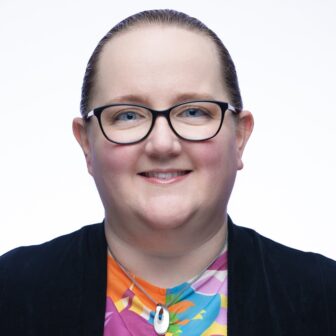
“It’s small, and I do wish it were higher,” she said. “But in my view … it’s an always-on thing. And NPR does more promotion of it, so even when I can’t do promotion of it, we still get a couple a month.”
Winfree said she’s been pleased with the percentage of new members the bundle has brought to the station. “I didn’t expect it to be that high,” she said.
About 5% of WYSO’s new members have come via the bundle each year, she said. Though the total number of donors is low, retention is high, at about 90% after a year.
The station has promoted the bundle through email blasts and on-air promos, “but it hasn’t been super aggressive,” Winfree said.
The station has also seen good uptake from members when NPR began offering the bundle as a benefit to existing sustainers giving $8 or more. About 10% of the station’s sustainers have signed on for access.
WYSO is trying to make the bundle “present in as many ways as possible that are evergreen and constant so that even when we’re not doing heavy or any on-air promotion, when people are doing other things, they will still see it when they’re on our site,” Winfree said.
An intentional slow start
When NPR announced the bundle, KPBS in San Diego was “really excited about it, we were supportive of it,” said Vince Petronzio, CFO and associate GM. But so far, he said, “it hasn’t performed as well as we anticipated, particularly for new members.”
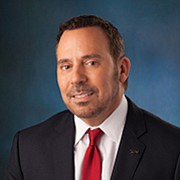
For instance, the station tested marketing the bundle during its April on-air radio pledge drive but “didn’t get the response that we thought,” Petronzio said.
About 300 donors have given to KPBS to access the bundle since the station began participating in 2022, said Luis Estrada, on-air fundraising manager. The bundle has brought in about $17,000 in revenue to the station, a “very small” amount, he said.
“We are optimistic about it,” he said. “We’d like to continue testing. … We think the service is very valuable for our members, and we just need to figure out a way to get more people into it.”
KPBS would like to leverage the bundle to get sustainers to increase their gifts. Because the station is a joint licensee, many of its members donate $5 to get Passport. The NPR+ bundle requires a monthly sustaining gift of $8. If KPBS could get 10% of its sustainers to increase their gifts, “that’s like a $50,000 strategy right off the bat,” Petronzio said. “So that is not inconsequential to us.”
Petronzio also sees potential to combine NPR+ with PBS Passport.
“This gives us that additional member benefit that we need,” he said.
The bundle may have had a slow start because KPBS hasn’t yet put its “full emphasis behind it and full testing to realize the potential,” he said. The station has held off on “major testing” of the bundle in part because it’s been in the midst of a membership CRM transition, he said.
KPBS’ old CRM didn’t recognize annual sustaining gifts, which are permitted on NPR’s bundle sign-up page, but the new CRM does, said Julie Schauble-Nguyen, database marketing manager. “That will take away one of the barriers to us being able to operate in mass,” she said.
The new CRM, which went live at the end of July, “has given us more features that will allow us to do a much better job of testing this initiative,” Petronzio said. “So we wanted to wait until we were on the other side.”
Meanwhile, NPR has been “fairly supportive” and “were really good listeners during the launch phases,” Petronzio said. “I don’t know that it’s a lack of NPR support. I think it’s really more … getting that collective intelligence together on experiences and really trying to apply that in this market.”
For NPR’s Marritz, marketing the bundle is a “choose your own adventure” for stations. They can be completely passive and let NPR market the bundle, which is how “many, perhaps even most of the stations in the program” participate, she said.
But stations that market the bundle more actively “tend to see better results,” she said.
“You get more out if you put more in,” she said.


